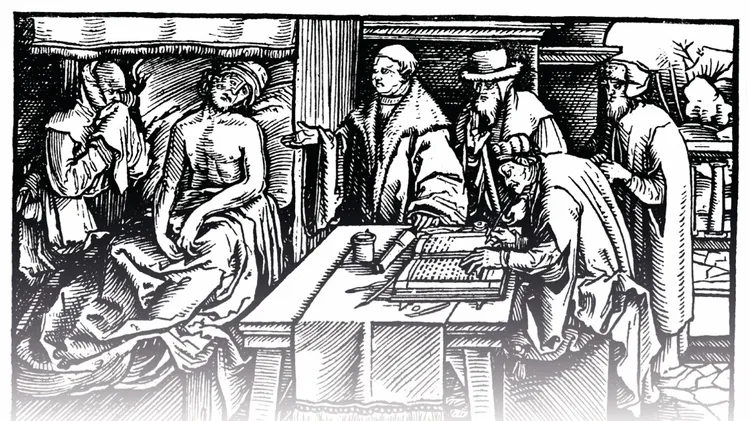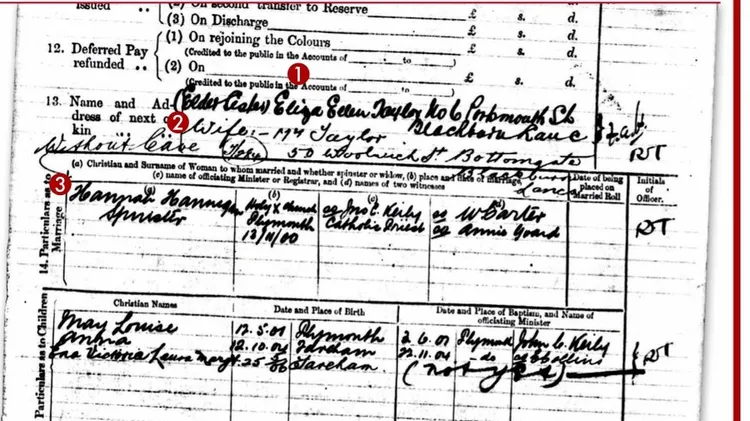These records are an underused resource for 19th-century research and can
Death-duty registers
4 min read
This article is from...
Read this article and 8000+ more magazines and newspapers on Readly






